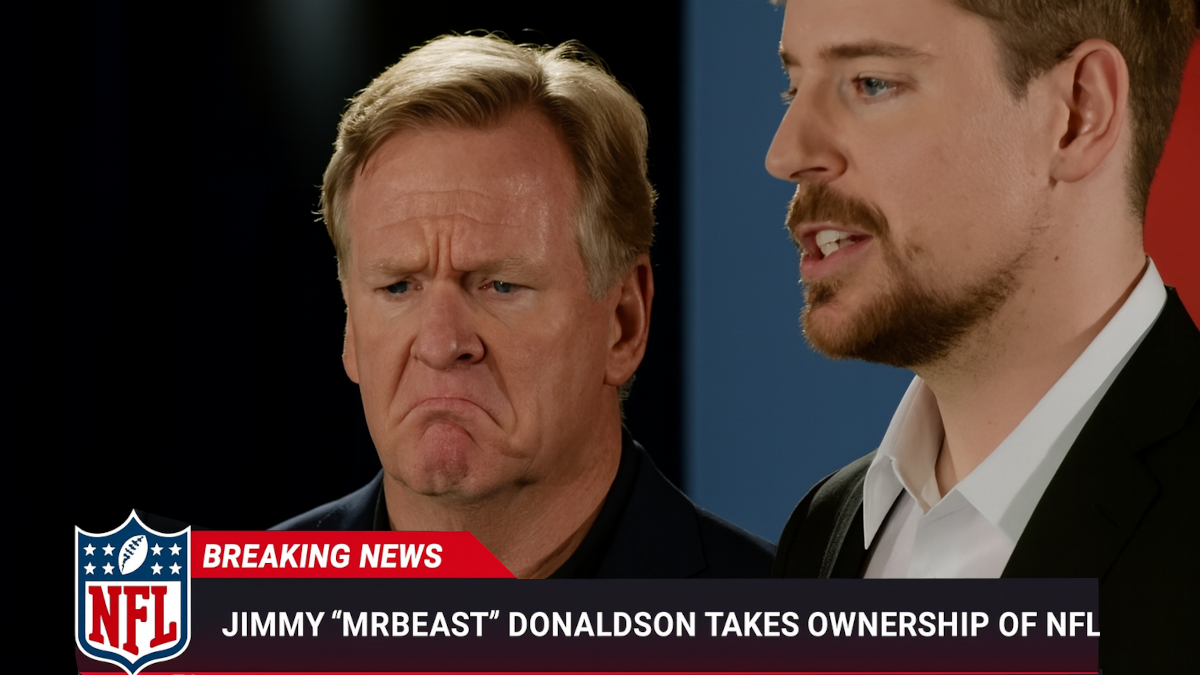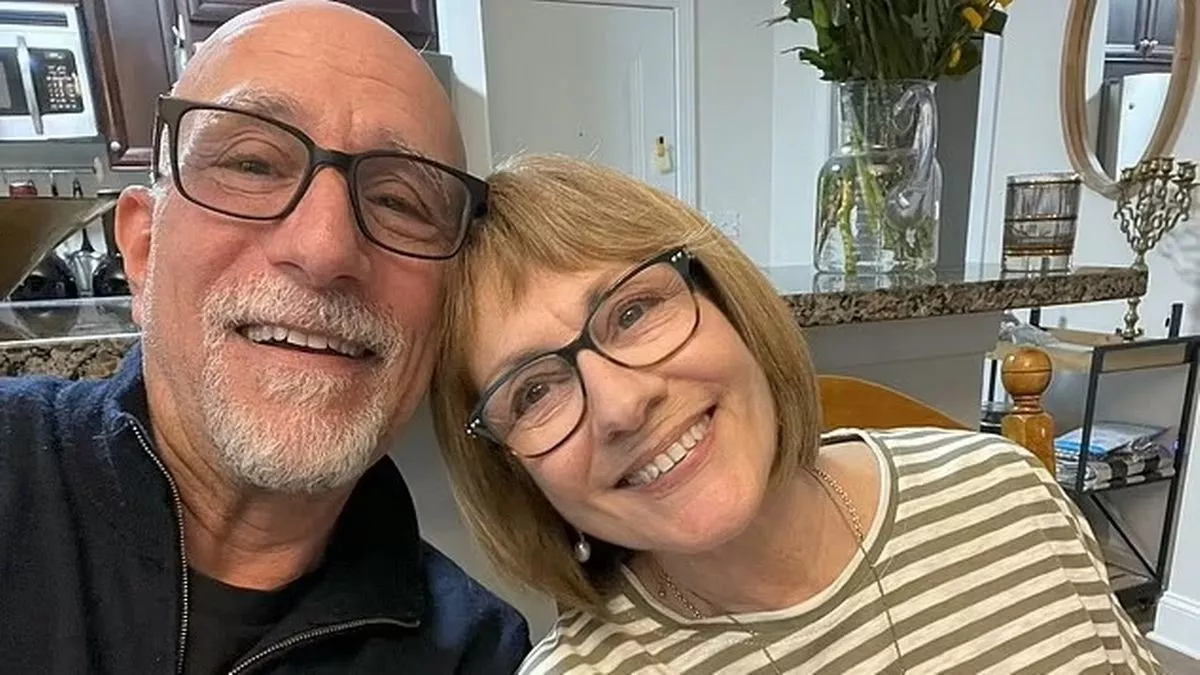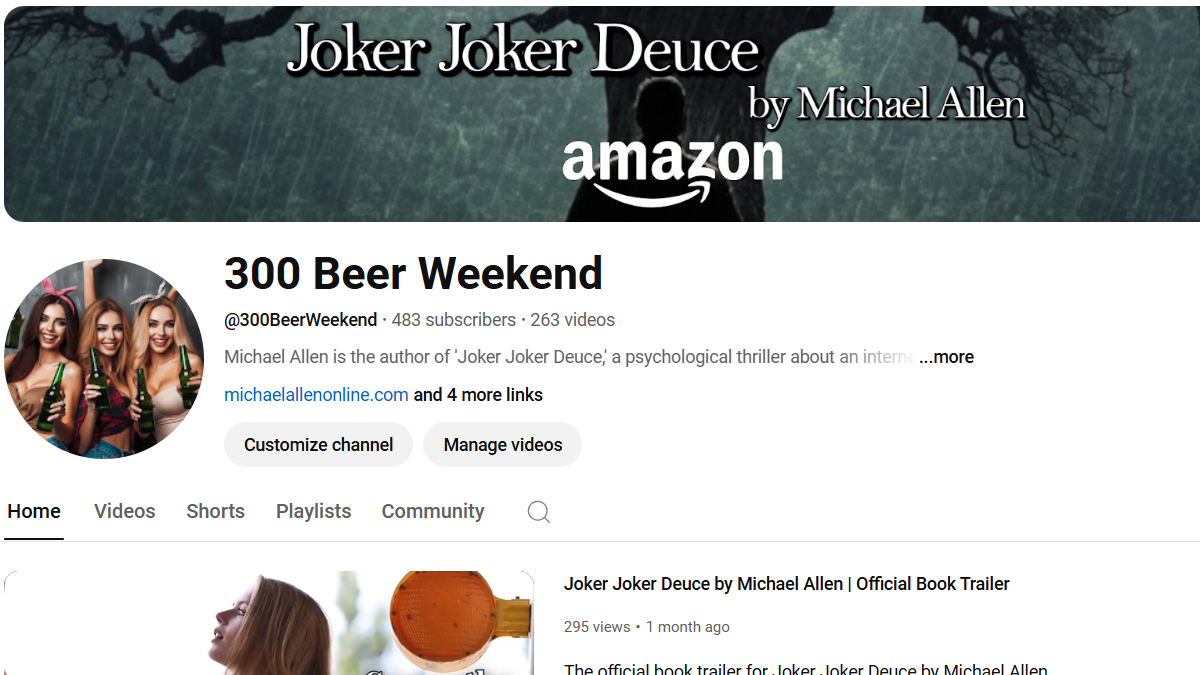Happy Gilmore 2 just dropped on Netflix, and while the movie delivers laughs, callbacks, and a surprising amount of heart, not all fans are on board. Social media lit up within hours of its release, not with praise, but with frustration. A bold creative decision made by Adam Sandler has stirred controversy, leaving longtime fans divided.
But here’s the thing, the sequel isn’t bad despite all the negativity. In fact, it’s a pretty good movie. It doesn’t try to recreate the original beat for beat or force old jokes back onto the screen. Instead, it carves out its own comedic rhythm, aging with its characters while honoring the wild, beloved world that made Happy Gilmore a cult classic to begin with. The humor feels different, sure, but it never disrespects what came before. And for that reason alone, it may deserve more credit than it’s getting.
At the center of the original Happy Gilmore were four unforgettable characters. Adam Sandler played the hot-headed hockey player-turned-golfer Happy Gilmore while Christopher McDonald was the smug and delightfully villainous Shooter McGavin. Julie Bowen was Virginia Venit, the poised and sharp-witted PR rep who believed in Happy when no one else did, and Carl Weathers was Chubbs Peterson, the one-handed former pro who became Happy’s reluctant mentor. Together, they turned a sports comedy into a cult classic, blending chaos, charm, and just enough heart to make it stick with fans nearly three decades later.

In Happy Gilmore 2, the story picks up years later with Happy now a father, and not just to one or two kids, but to a full squad of mini Gilmores. He has four sons, each with their own quirks and tempers, and one daughter who clearly inherited his stubborn streak and natural swing. That daughter is played by Sadie Sandler, Adam Sandler’s real-life child, and she’s not the only family member in the film. His actual wife, Jackie Sandler, appears as well, along with their other daughter, Sunny and his mother Judith. Rather than being a gimmick, their presence adds an oddly heartfelt dynamic to the film, grounding the chaos with glimpses of genuine connection, a rare thing in a comedy sequel.
One such scene comes at the end when Adam and Sunny are in rehab, when she says to him, “You remind me of my father.” Then, they both look forward because he is.
This sequel isn’t short on surprises, and one of its biggest strengths lies in the cameos, a wild, star-studded mix of athletes, musicians, and cultural icons who drop in without ever stealing the spotlight. Bad Bunny, Post Malone, Travis Kelce, Eminem, Reggie Bush, Becky Lynch, Paige Spiranac, Guy Fieri, and Kid Cudi all show up in unexpected, often hilarious ways. But the film goes even deeper when it comes to golf royalty. Actual pros like John Daly, Keegan Bradley, Fred Couples, Bryson DeChambeau, Nick Faldo, Tony Finau, Rickie Fowler, Rory McIlroy, Jordan Spieth, Scottie Scheffler, and the legendary Jack Nicklaus all make appearances. And this isn’t just a roll call. John Daly, in particular, plays a larger role, not just as a guest but as part of Happy’s extended family, blending his real-life persona with the film’s over-the-top universe in a way that feels weirdly perfect.
The film also gives a graceful nod to the legends who passed away before Happy Gilmore 2 could be made. Through a mix of subtle tributes and heartfelt moments, it honors the memory of Carl Weathers (Chubbs), Frances Bay (Grandma Gilmore), Richard Kiel (Mr. Larson), Joe Flaherty (the heckler), and of course, Bob Barker, whose iconic fight scene with Happy remains one of the most quoted moments in comedy history. Each one gets a moment, sometimes through flashbacks, sometimes through gravestones or photos, and sometimes through silence that says more than words could. It’s a surprisingly tender layer in a film full of chaos, and a reminder that this isn’t just a comedy. It’s a reunion. One that knows exactly who’s missing and makes sure they’re still part of the story.
With all of that working in its favor, the brilliant cameos, the sharp one-liners, the wild slapstick moments that somehow still honor the heart of the original, it’s hard to imagine why fans would be upset. And yet, they are. Loudly. Online forums lit up. Social media turned sour. Review bombs followed. Not because the movie was bad. Not because it disrespected the legacy. But because of one decision. One moment. One turning point that caught everyone off guard. It literally shocked viewers. In fact, I turned the movie off and came back to it after I threw a little temper tantrum and went on a rant.

Spoiler Alert: Within the first ten minutes, Happy Gilmore 2 delivers the moment that has fans fuming, a flashback reveals that Virginia, played by Julie Bowen, has died. No dramatic buildup. No final words. Just a quiet, somber sequence that shifts the tone and sets the course for the rest of the film. For a character who meant so much to the original, not just as Happy’s love interest, but as the emotional center who grounded all the madness, her absence is deeply felt. And while the film uses her memory to fuel Happy’s growth as a father, partner, and man, some fans can’t get past the way she was written out so quickly. For them, it wasn’t just a plot point. It felt personal.
Still, for all the debate and emotion stirred up by that early twist, Happy Gilmore 2 manages to stick the landing. It doesn’t try to copy the original. It grows from it. There’s heart beneath the humor, family beneath the chaos, and a quiet kind of reverence woven through the laughs. It’s a sequel made by someone who clearly loved the first film as much as the fans did. And while it may not please everyone, it takes a big swing and, in its own unexpected way, connects. For those willing to meet it where it is, there’s a lot to love on the green.
To read more:










